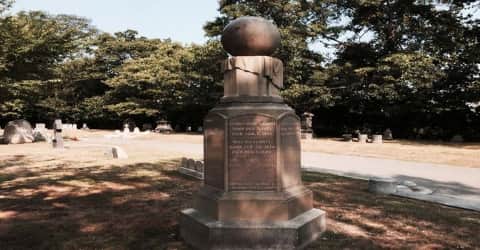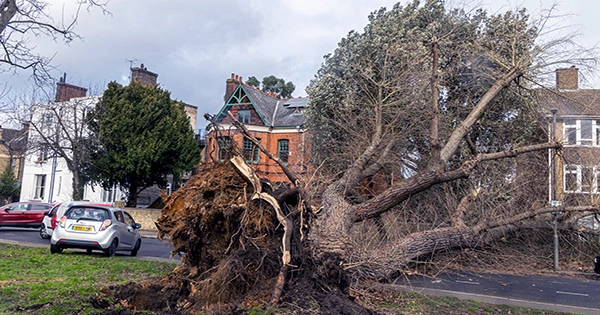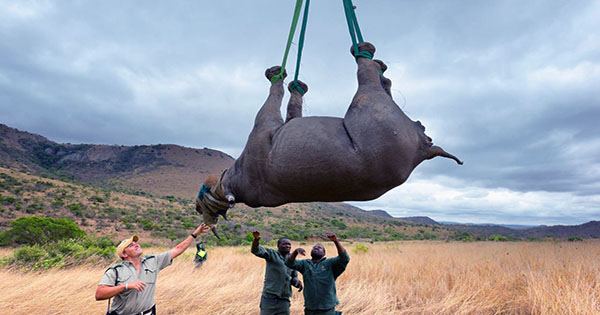After record winds pounded the UK during Storm Eunice, a clone of the original apple tree that fell an apple on Sir Isaac Newton’s head has fallen down in Cambridge Botanic Garden. The tree, which has stood at the entrance to the grounds for 68 years and was cloned from a tree at Newton’s childhood home in Woolsthorpe Manor, Lincolnshire, according to garden curator Dr Samuel Brockington.
According to Brockington, multiple grafts were cut from the original tree – which, incidentally, was also toppled by violent winds in the 19th century – and many of them were planted on estates such as Belton House. However, for research purposes, a scion (a juvenile shoot or twig of a tree) was grafted, and most Newton Apple Trees today are clones of that original scion.

While the tree’s death is heartbreaking, its legacy will live on through three clone grafts taken in anticipation of its demise. Two of these grafts are still at the Botanic Gardens and will be planted soon. “Our scion of ‘Newton’s Apple Tree’ will hopefully continue in our collections thanks to the marvelous science of grafting,” Brockington added.
Commercial airline pilots faced the daunting prospect of landing a jet full of up to 400 passengers in the mayhem as Storm Eunice blasted into the UK with record-breaking winds. One man even live-streamed the entire incident to nearly 200,000 spectators at Heathrow Airport, one of the world’s busiest airports, commenting as each pilot battled heavy crosswinds and successfully landed each plane. Now, film from the cockpit of a Boeing 777 flight has been released, showing the big airliner successfully landing at Heathrow on February 18. To say the least, it’s concerning.
As the jet approaches the last stages of landing, Captain Khalifa Al-Thani wrestles with the control column to keep the plane level despite being driven sideways by gale-force winds. As trees continue to fall across the UK, the storm has claimed numerous lives, with wind gusts hitting 122 miles per hour (196 kilometers per hour) and breaking new records for the fastest wind gusts in the area.
















